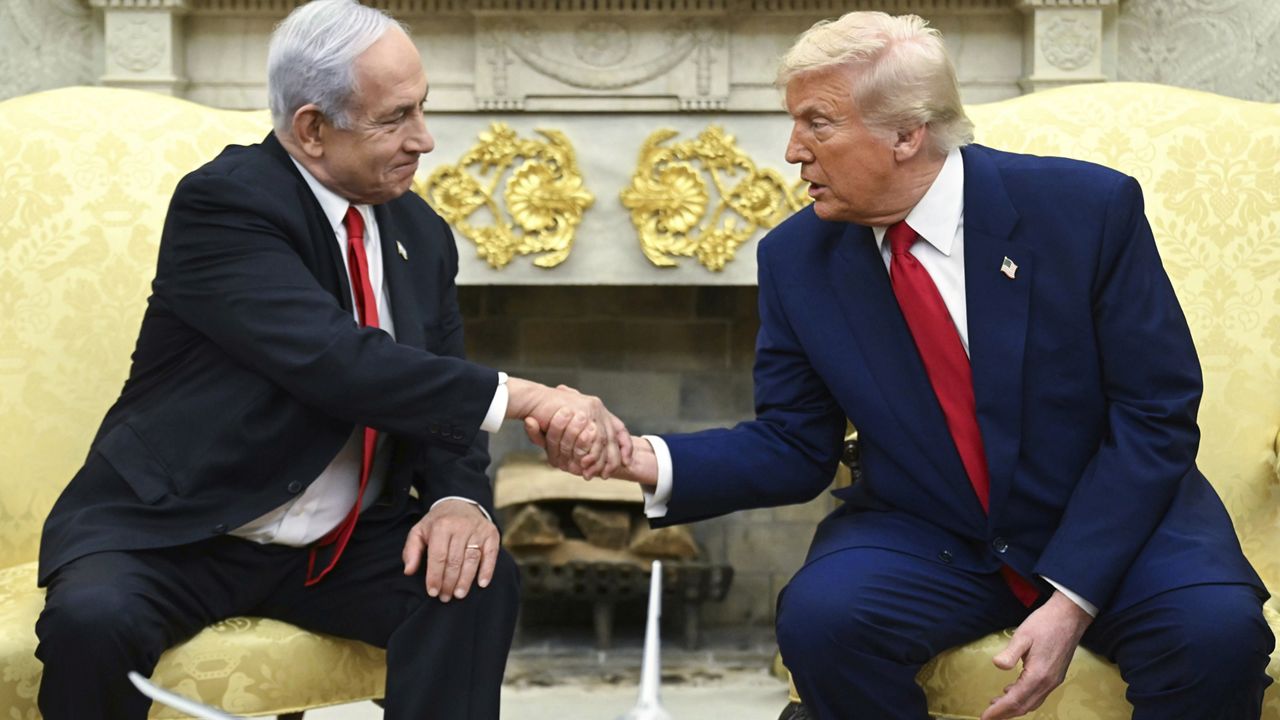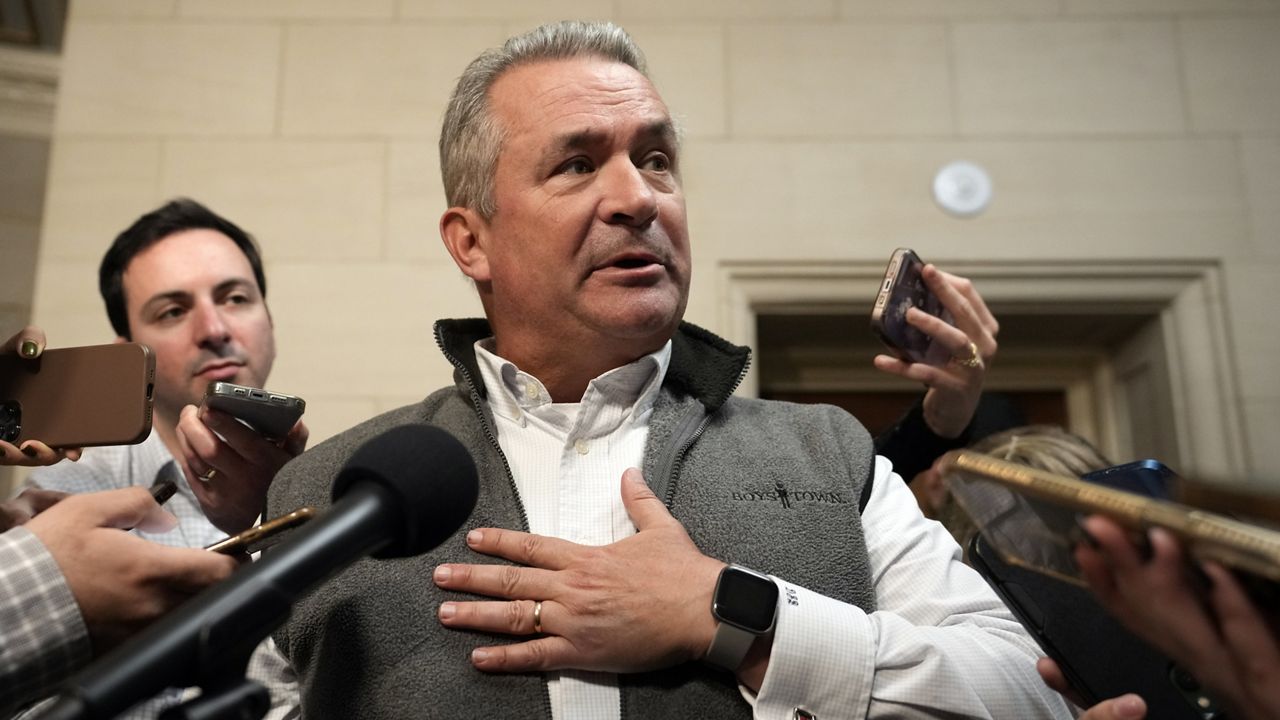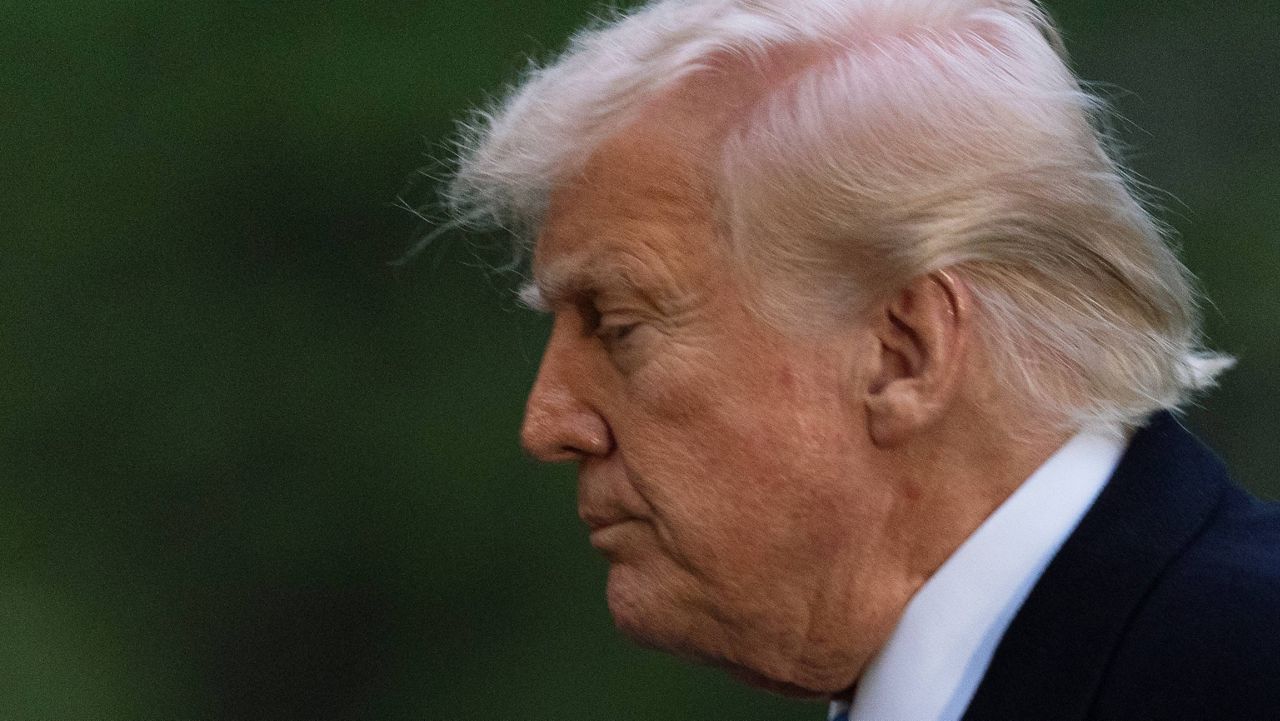President Joe Biden on Monday rolled out his administration’s plan to distribute more than $42 billion to deliver broadband across the country, calling high-speed internet an “absolute necessity” and pledging that every household in the U.S. will have access by 2030.
“For today’s economy to work for everyone, internet access is just as important as electricity or water or other basic services,” Biden said on Monday.
The plan designates funds – which come from the Broadband Equity, Access, and Deployment program included in Biden's $1.2 trillion infrastructure law – to all 50 states, Washington, D.C. and five territories. The money will be used to deliver high-speed internet in places where there is no service or places with low-quality service.
Secretary of Commerce Gina Raimondo said Monday every state is receiving a minimum of $100 million, with $750 million going to each state on average. Nineteen states are receiving more than $1 billion each.
In an interview wit Spectrum News on Monday, White House infrastructure czar called it "the single-biggest announcement to make sure that we start laying fiber-optic cable everywhere in America and touch homes that have been left out."
The funding was designated primarily based on the number of unserved locations in each area or those that lack access to internet download speeds of at least 25 megabits per second download and upload speeds of 3 Mbps. States are directed to prioritize areas without access before upping service in slow areas.
Vice President Kamala Harris – who also spoke at Monday's event unveiling the plan – said 24 million Americans do not have high speed internet, either because they do not have access, or because they cannot afford it.
“But it’s not enough to have access — you need affordability and access,” Biden said on Monday, adding he is working with service providers to bring down costs.
States will now draw up proposals on how they will spend the money allocated to them in Monday’s announcement. Once the Commerce Department signs off, the money will be distributed.
“We have now mapped out the United States, we have the most detailed map of where people have internet and where they don't. And now we're going to work with everybody to dig dirt, get it into the ground and connect people to the future,” Landrieu said.
The first map using Federal Communications Commission data drew some controversary from lawmakers, who pressed the FCC to make sure information was complete and accurate as to not tilt “federal resources away from rural states.” The second version of the map, which was released at the end of May and used for allotments, reflects the net addition of 1 million locations, updated data from internet service providers and the results of more than 3 million public challenges, FCC Chairwoman Jessica Rosenworcel said in a statement.
Monday’s announcement launched the second wave of the Biden administration’s “Investing in America” tour. Over the next few weeks, top officials will hit more than 20 states, to promote the administration’s legislative accomplishments, including the $1.2 trillion Bipartisan Infrastructure Law, the climate change and tax reform bill known as the Inflation Reduction Act and the CHIPS and Science Act, a bill aimed at boosting domestic semiconductor production.
The Associated Press contributed to this report.









